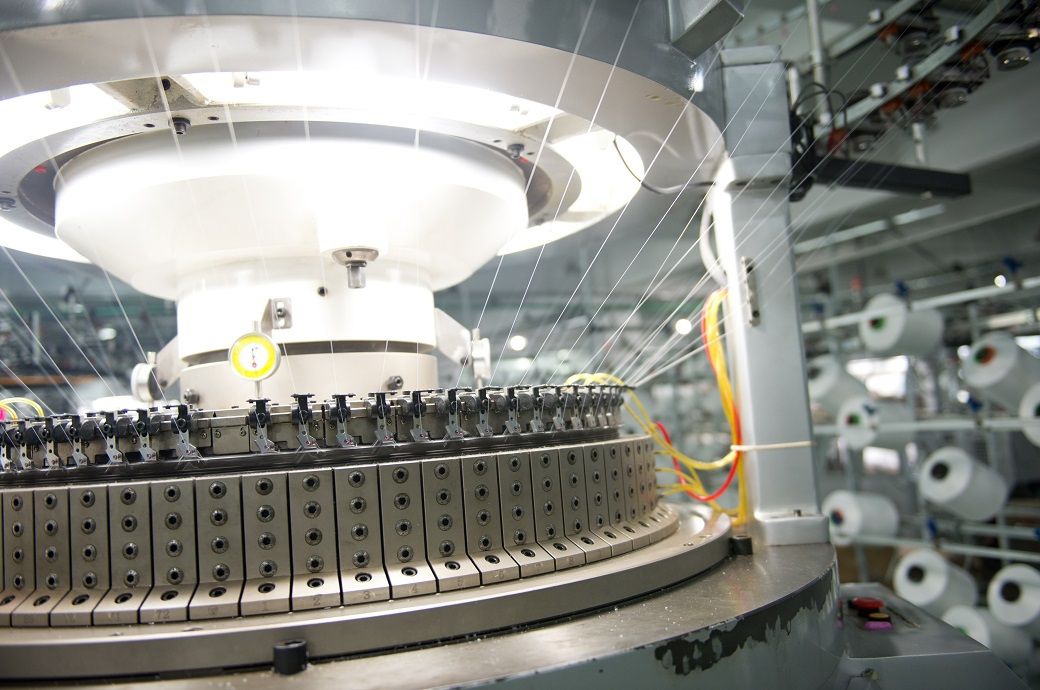
Output volumes stabilised in the three months to July, having fallen steadily since the February survey, and are expected to grow next quarter, according to the Confederation of British Industry’s (CBI) quarterly Industrial Trends Survey for July.
Growth in domestic selling prices slowed for a fifth consecutive quarter in the three months to July, but growth in unit costs picked up, implying pressure on manufacturers’ margins. Investment intentions generally weakened, with rising shares of firms citing concerns about the availability of internal finance and the cost of finance—excluding the pandemic, the share of manufacturers citing the cost of finance as a barrier to investment rose to its highest since 1991.
The survey, based on the responses of 239 manufacturing firms, also found that output volumes were flat in the quarter to July, ending five consecutive rolling quarters of decline—balance of 3 per cent, from -6 per cent in the three months to June. Firms expect output to expand over the next three months at 9 per cent.
Total new orders fell in the quarter to July—balance of -6 per cent, from -3 per cent in April, but new orders are expected to be unchanged over the next three months.
Growth in average costs per unit of output accelerated in the quarter to July, having slowed over the four previous quarters—balance of 57 per cent, from 50 per cent.
Growth in domestic selling prices eased significantly in the quarter to July—balance of 18 per cent, from 32 per cent. Both 18 per cent domestic and 21 per cent export price growth is expected to remain elevated over the next three months.
Orders or sales were the most commonly cited factor likely to limit output in the next three months at 58 per cent, from 57 per cent in April. Nonetheless, this remains below the long run average of 64 per cent.
The share of firms citing a shortage of skilled labour as a constraint on output over the next three months eased for the third consecutive quarter at 29 per cent from 31 per cent in April and a recent peak of 49 per cent in October 2022, but remained well above the long run average at 16 per cent.
The share of firms citing materials/components availability as a constraint fell to its lowest since October 2020 at 31 per cent, from 37 per cent in April and a recent peak of 71 per cent in July 2022.
Investment intentions for the year ahead generally weakened. Manufacturers expect to raise investment in training and retraining, though at a slower pace, balance of 5 per cent, from 15 per cent.
The main constraint on investment was uncertainty about demand, cited by 40 per cent of manufacturers, followed by inadequate net returns at 35 per cent. However, the shares of firms citing the availability of internal finance at 24 per cent and the cost of finance at 15 per cent both rose to the highest since the three months to July 2020.
Stocks of raw materials, balance of 18 per cent, from 7 per cent and work in progress at 6 per cent, from 2 per cent rose in the quarter to July, while stocks of finished goods at -1 per cent, from 5 per cent were broadly stable. Manufacturers expect stocks of raw materials at 8 per cent, work in progress at 12 per cent, and of finished goods at 5 per cent to rise in the next three months.
Numbers employed rose slightly in the three months to July at 4 per cent, from 2 per cent. Firms expect a strong rise in headcount in the next three months at 16 per cent.
“While there are reasons for optimism among manufacturers this quarter, the overall picture is still subdued. Output has stopped falling, supply chains continue to recover, and concerns over labour shortages have eased a little. But cost pressures remain acute and there are worrying signs that a squeeze on margins and higher finance costs are now hitting investment plans,” said Ben Jones, CBI lead economist.
ALCHEMPro News Desk (NB)
Receive daily prices and market insights straight to your inbox. Subscribe to AlchemPro Weekly!